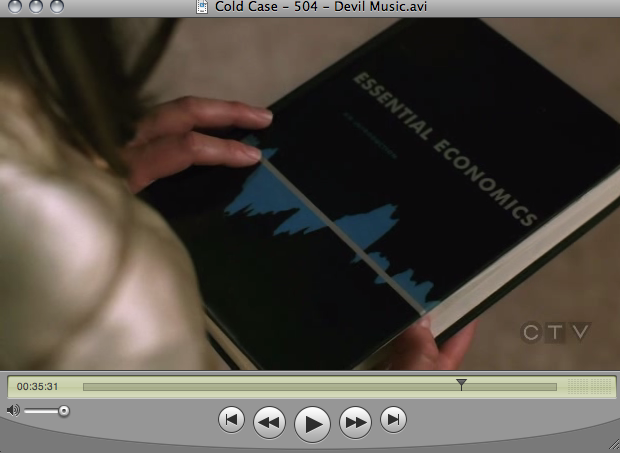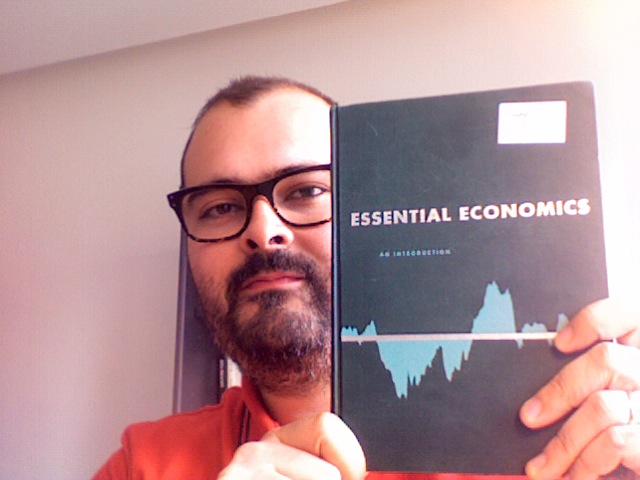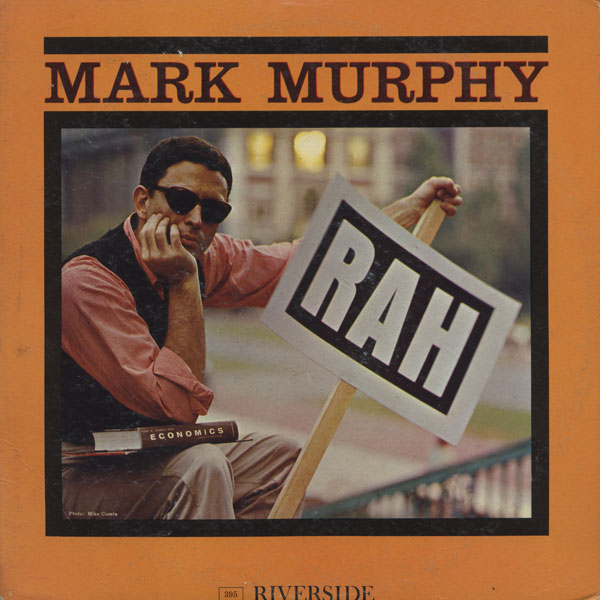In this blog post, he explained how, while watching some episode of CBS’s Cold Case with his wife, he was surprised to see, as an unexpected actor in the show, Samuelson’s Economics. I quote extensively from Loïc:
“However, the character that is the purpose of this post is not the young rocker, but the mother of the family he lives with. “An intelligent and beautiful woman” (says a character in the show) in her mid-30s, she is the image of the perfect Eisenhower-era mother: she cooks, she takes great care of the house and her husband, she has a lot of social activities but do not work, she is beautiful and bright but discreet, in a word she has sacrified the best of her for her family and in particular her husband success. The climax is reached when the would-be rocker goes back home the night he will be murdered to find this perfect mother sad and moody: her husband is not home, he is having sex with his lover, an african-american girl (by the way have I said to you that he was a gross racist?). During the scene, she is restlessly turning the pages of what we can guess was her favorite university book (she had been an under-grad, but then quit to get married), a memory of a time and possible independent life forever gone, now that she is caught up in a lousy life with a lousy husband. And guess what is the book that epitomizes the opportunity of an independent life for the post-1945 war generation of women? Yes, none other than Samuelson’s Economics!
And then the story moves on (I skip the details, you will have to see the episode to know who was the murderer…) to one of the final scene after the crime has been resolved and the mother, who is now something like 80, is relieved because the murderer has been caught (and besides the lousy husband has been dead for 12 years). We now see her in her contemporary home taking the same book, the one she has saved from the other life she never lived, and she turns the page over and over (the scene has a flashback when you see people in the same scene as they were at the time of the murder and now – this is the visual gimmick of “cold cases”) with a nostalgic smile on her face.”
The discussion below Loïc’s post consisted in trying to know which Edition it was. We speculated a bit about it and then, without further information, we moved on.
Recently, while working much more closely on this topic and at the occasion of some seminar at my economics department in Cergy, I thought it would be nice to find this video and to include it in the Power Point presentention, to show how significant Samuelson’s textbook has been in popular culture, almost as significant as Elvis Presley - who is the cultural icon this Cold Case episode is specifically referring to.
After some research on the internet (i.e. not-so-legal download but, hey, that is for serious research purpose!), I finally found this episode and was able to locate the now worldly famous “textbook scene”.

Then, I realized it was not Samuelson’s Economics but some other, less famous textbook. I finally identified it as A. Smith Pond’s Essential Economics, a book written under the editorship of Albert Gailord Hart of Columbia University. I immediately ordered it. And a couple of weeks later, it was waiting for me in the University letterbox. Opening the package, I just felt like one of the investigators in the TV series. This is how bad it looks:

Apparently, Pond’s Elementary Economics was one of these textbooks that copied Samuelson’s text in appearance - it even has a curve printed on its cover ! - but were simplified for using in non-technical economics classes, such as those that existed in women’s colleges, for instance. It was first published in 1954 and my edition is that of 1956. In the Cold Case episode, the action is supposed to take place in 1953. It might not be completely accurate, but that’s pretty much realistic and we can think that it is the kind of textbook a future housewife like the one in this episode would have used at this time. So hats off to the playwriters and props guys who did a pretty good job on this one!
So, Loïc may have been wrong in identifying the textbook, but his conclusion is still truer than ever.
“The show made me realize that Samuelson’s Economics is not only part of the culture and history of the economist’s profession, but may or should be seen as a piece of American popular culture and history. We should treat economics not only as an intellectual endeavour, a discipline, but as a part of our past and contemporary culture.”
The case is resolved!
EDIT: A very nice commenter to this post has referred to a jazz record, Mark Murphy’s Rah, that has Samuelson’s Economics on its cover. As the record came out in 1961 and judging by the book’s edge, that could be the 4th or the 5th edition. That’s really cool, Drunkeynesian! And the fact it is a 4 star record according to AMG makes me want to listen to it!




